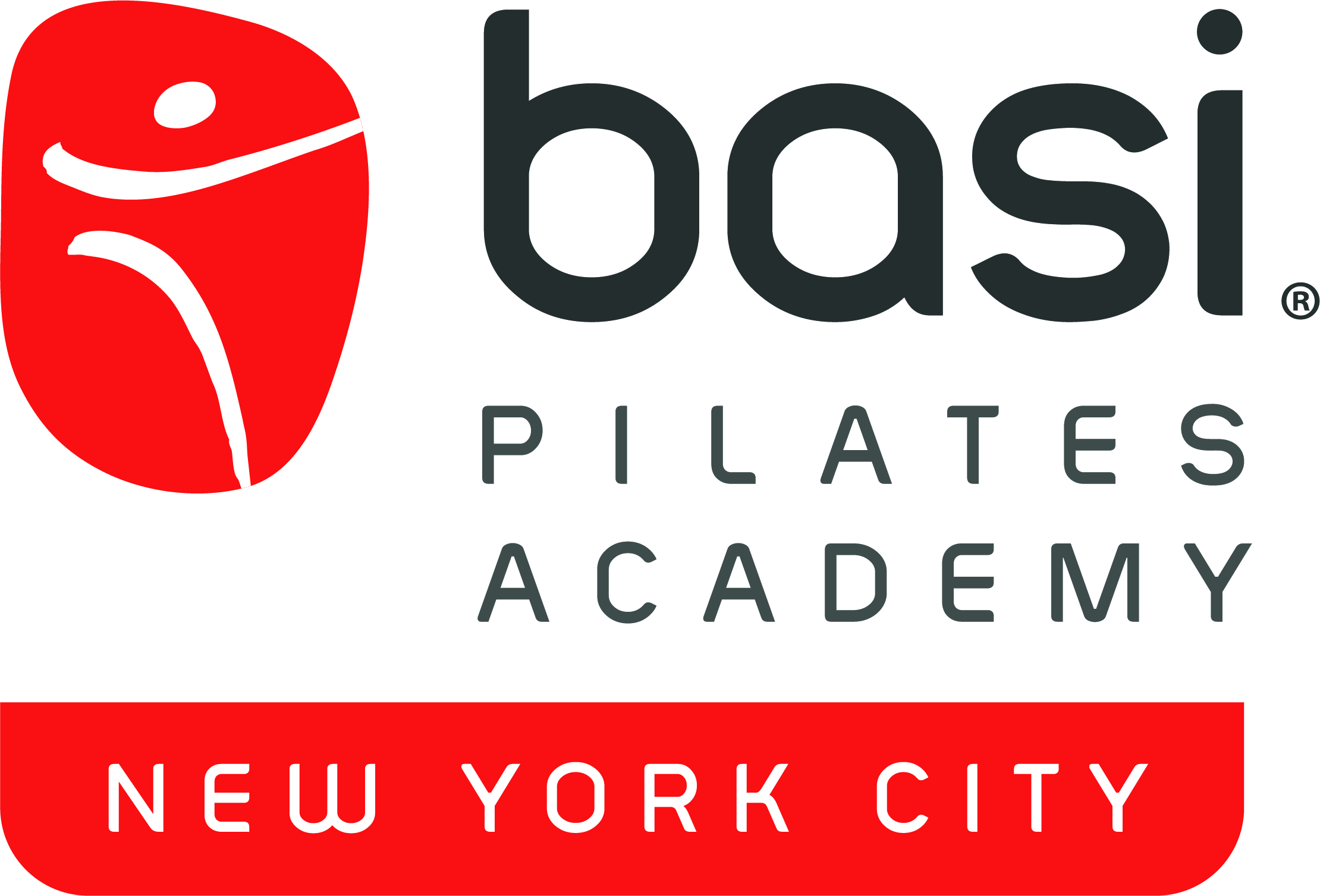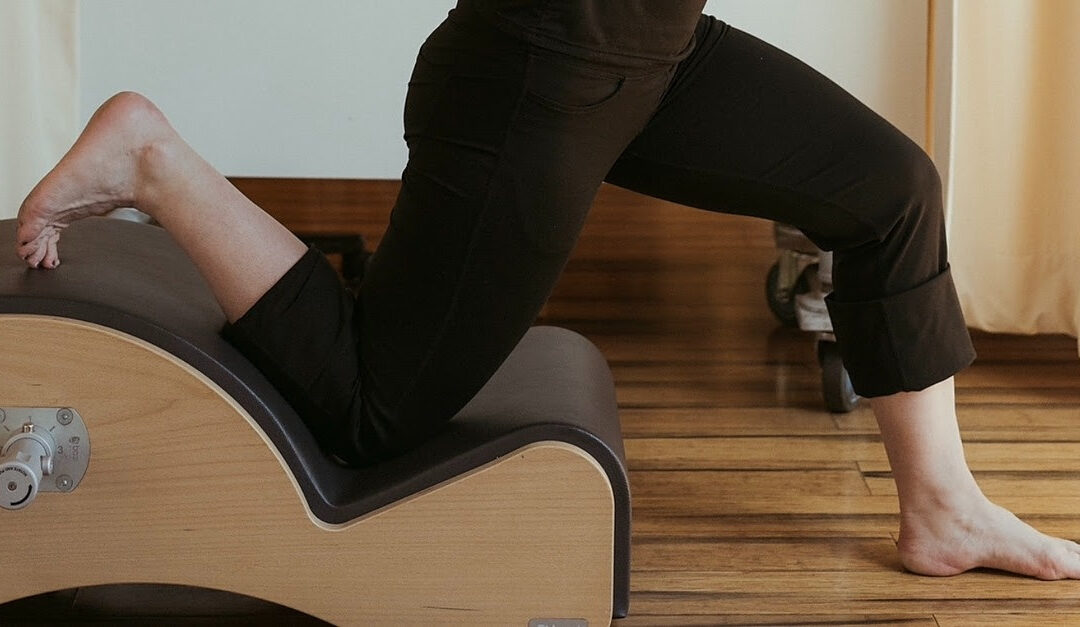The Art of Subtlety
3 Major Ways to Tap Into the Little Stuff That Matters
As I write this I am fresh out of a gathering with my team. Some of our Pilates instructors at BASI Pilates Academy – NYC met with our collaborating team of Physical Therapists at Physio Logic. We have the pleasure of working closely in our day to day, but every few months we have a “meeting of the minds” where we pick a topic and share Pilates and PT exercises that could elicit conversation and inspire us to teach movement with a new perspective or incorporate some new repertoire with our patients and students. We learned some simple identifying exercises for finding the serratus anterior and external rotators of the shoulder which make our bigger arm work exercises more efficient and safe; which leads to more endurance and therefore a more encompassing workout. Apply that to playing basketball professionally or with your grandkids on the driveway and there you have – JOY.
When I look at the overarching themes of what the biggest take always is, I always come back to the subtlety of movement. It isn’t what we do, rather it is how we do it that makes all the difference. The difference really reflects the way movement feels. Does your workout, sports, or daily tasks feel fine, painful, complacent, euphoric, joyous, skilled, challenging? How do you tap into this feeling and what do you do to make it feel….great?
This topic came up a lot in last weekend’s modules 4-6 of the BASI Pilates Comprehensive Global Teacher Training Program. I have a bunch of photos and videos to share but don’t feel like we captured all the subtle “lightbulb” moments there were throughout each day. A student may be demonstrating a new exercise on the reformer, while I see the lightbulb moments appear to the untrained eyes watching and making small adjustments or cues. Pictures and videos often look flat to me.
The nuances shared in a class or a private lesson with someone are so hard to replicate in videos and on social media which is something I have always struggled with entering the digital world and sharing more of my work. I feel lucky that my earlier professional career was without all of these gateways to post about my experiences. Although not as much on record, I think my path is set deeper inside of me and imprinted in a different way than memories of today. But I am trying to navigate it all with grace and feel the importance of my job in real life more than ever, especially as a faculty for BASI Pilates.
To keep ourselves present, and discover the subtitles inside functional, grand, and complex movements is everything.
I love my life of Pilates and dance because it is so present, dynamic, and with so much spirit, a true connection of body and mind, because it is not involving a machine, devices or electronics. Pilates does teach us to be the machine at times that is working with an apparatus, but the heart of the work is related back to the mat. The energy of a class can never be matched online. This often holds me back from sharing because I never think videos or pictures do justice to what I felt in that particular moment. I continue to challenge myself to share because the positivity of the virtual world here with blogs, videos, social media, and online classes really is a blessing if you use it wisely- as a compliment to real life.
“I stages” Identify- Isolate- Include:
I created this little headline for my first cover article in Pilates Style Magazine in 2008 as a way of explaining how to break down movement into stages for an athlete at all levels. A particular muscle focus and objective is in each of these 3 stages and the goal is to be able to work in any stage as necessary. For example: 1. You execute small exercises that identify the muscle you want to 2. Isolate in larger functional motion patterns so that 3. You include these patterns in your sport and daily life.
SIM Stabilize – Initiate – Move:
All exercises should be understood in terms of what is stabilizing and what muscles initiate the movement. With a clear understanding of this you can then decide what part of this needs more attention or cuing. In doing a push up for example, is the lower back, scapula, and neck stable against the movement of the elbows bending and the body lowering and lifting. Do you need to focus on isolating the serrated anterior to prevent the scapula from “winging”? Or do you have the stability and strength in the appropriate muscles, but you need to breath and just move?
In Pilates we focus on all three but particularly unique to Pilates is the initiation phase to ensure we are recruiting the correct muscles.
Listen: Can you listen to your teacher or coach and pull the most relevant information to make it your own. Can you listen to the space or apparatus around you and let it provide feedback. Can you, most of all, listen to your body so that your mind can relay the most beneficial connection back to your actions?
You have the ability to be present in your body. You have the ability to Nurture the relationship between your mind and body to tune in, tune up, or tune out when necessary. It is all very subtle for a not so subtle outcome and the quest for this is a lifetime art.
To prepare for Upstretch 2:
(Adapted from the BASI Reformer Repertoire)
Try scapula retraction and protraction isolations to identify the serratus anterior and pelvic placement isolations.
To prepare for Breast Stroke on the mat: (Adapted from the BASI Reformer on the Mat) Try this external rotation isolation exercise.
Foot/ankle articulations through Releve & Demi Plie prepared with calf raises and metatarsal presses.
To prepare strength in alignment for Leg Pull Front try identifying the hamstring glute connection & then including it with the abdominals to align the pelvis in neutral.
FOLLOW US
For full length videos that benefit our scholarship program visit Virtualogic.earth

